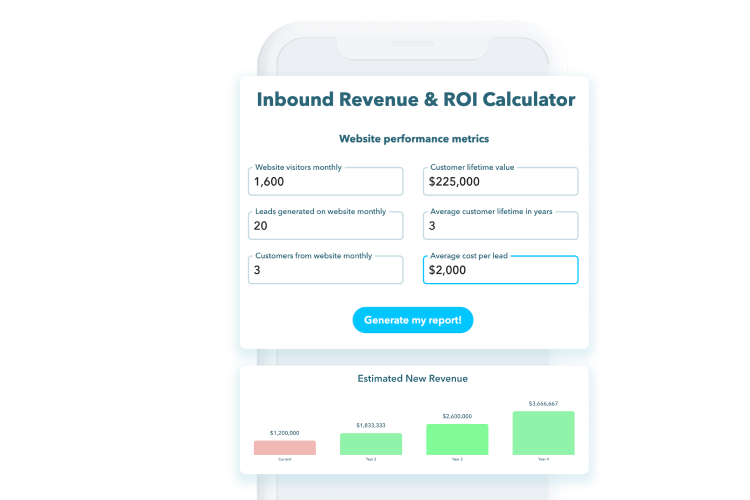 8266 Views
8266 Views  3 min read
3 min readRelaunching a website can be frightening. After all, you’ve probably dedicated hundreds of hours and invested thousands of dollars, and the last thing you want is interrupted website traffic, resulting in fewer sales. What matters most is that your redesigned site will be a better, newer version of itself and produce the quality of traffic you are after to grow your business. If you notice your bounce rate increasing or your content strategy quickly going downhill, it may be time for a site relaunch. We’ll dive into a few strategic tips to make your business website relaunch as painless as possible.
A website relaunch refers to redesigning or significantly updating an existing website. It can involve changes to the design, structure, or content. A website relaunch aims to improve the user experience, update the site’s appearance, enhance functionality, or align the website with the latest trends.
As technology advances, user expectations change as well. This is your company’s chance to enhance the user experience by improving the site navigation, optimizing page load times, designing mobile responsiveness, and incorporating user-friendly design elements. Planning out the new experience you want your visitors to have is essential. Here are some of the critical steps to designing a great User Experience: Research
Outline
Design
If you’re already past this point, move on to the development stage . . .
Whether working with a website design and development marketing agency or designing the website with your in-house team and hiring an external developer, it’s important to work with experienced professionals who use the right Content Management System (CMS) and ensure the front-end User Experience is executed well. When choosing the right Content Management System (CMS) to build the back end of the website, make sure it will serve your organization’s needs. CMSs like WordPress and Drupal offer the most flexibility to use shared resources and tools from an Open Source community of individuals. When it comes to front-end development, be sure the developers utilize the best practices and the most recent methods. This will help ensure high compatibility with the increasingly large landscape of user’s browsers and devices. Next is one of the most critical stages.
Nothing is worse for a user than visiting a website that is purely focused on promoting a product or service, even if it is pretty cool to look at. Expecting every visitor to be ready to buy your product the first few times they’re on your site is a lot like expecting someone to get married on a first date. This is why it’s paramount that you carefully plan for a steady stream of content. The content on your site extends beyond the information pages about your product or service features and benefits. It should include a large amount of valuable content, such as blog articles, to help people find your website when searching online. Google+ will index the content you have on your website, so use it as an opportunity to attract your ideal visitors. A methodology to attract your desired visitors and convert them to leads is called Inbound Marketing. Just like a positive user experience is crucial for retaining visitors and encouraging them to discover more on your site, content is key. Develop a professional plan to discover who your ideal visitors are (Buyer Personas), what questions they have in mind throughout their process (Buyer’s Journey), what words they type in Google and search engines when researching (In-Depth Keyword Research), and what content they will find value in (Content Outlining). Related posts: How to Attract More Leads with Responsify’s Inbound Strategy
It takes a lot to pull off a successful website launch. It is crucial to note that a website relaunch requires careful planning, testing, and communication for a smooth transition. Launching an updated, fresh website is important for any organization to make the right impression with existing visitors. Even more importantly, it’s critical that you have ‘customer-centered’ content on your new website so you can consistently feed Google new content to index and increase your domain and page ranking. (And, of course, engage your potential customers) Setting up a strategy for engaging your audience and adding valuable content to attract and convert your ideal visitors and customers is not an easy while juggling a relaunch. We’ve helped countless teams develop a Content and Inbound Strategy on the sidelines. At the same time a site is being redesigned and built to ensure their new site is successful, and not waste valuable time getting new people to their site organically from Google search. If you have any questions about how to get started with an Inbound Strategy and if Responsify is the best fit for you, get a fresh perspective on your marketing and website relaunch with a free assessment. Click here to book your content strategy session now!
